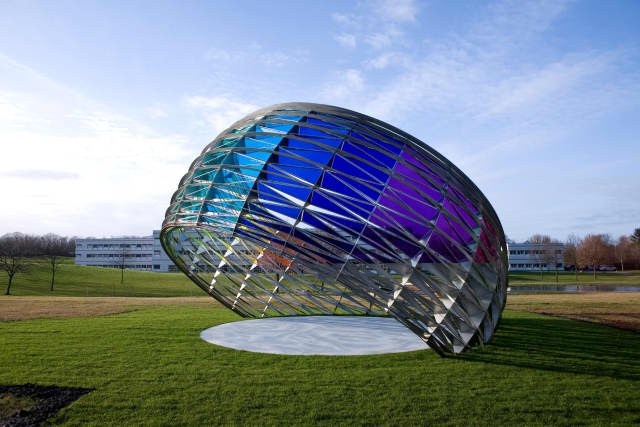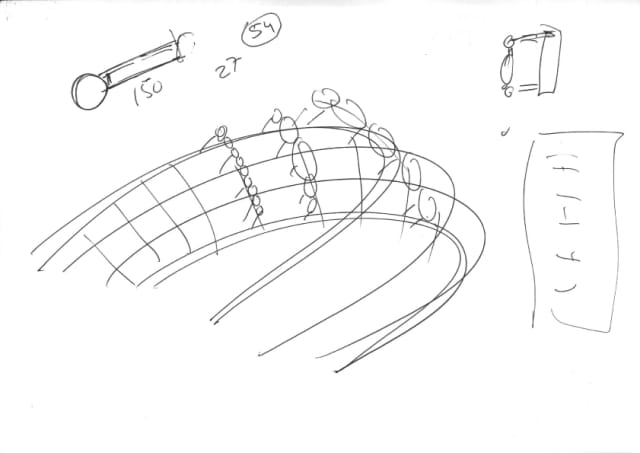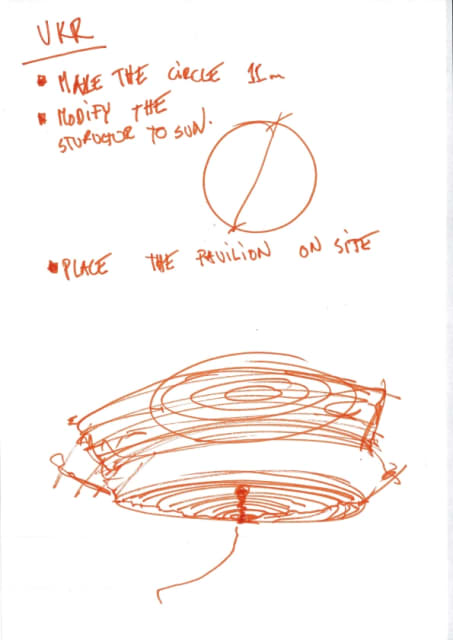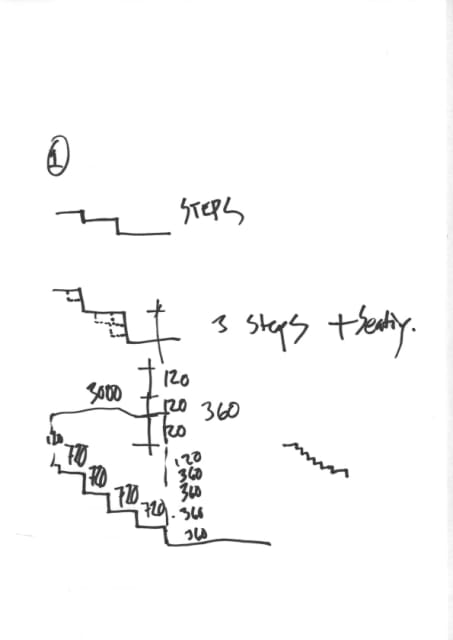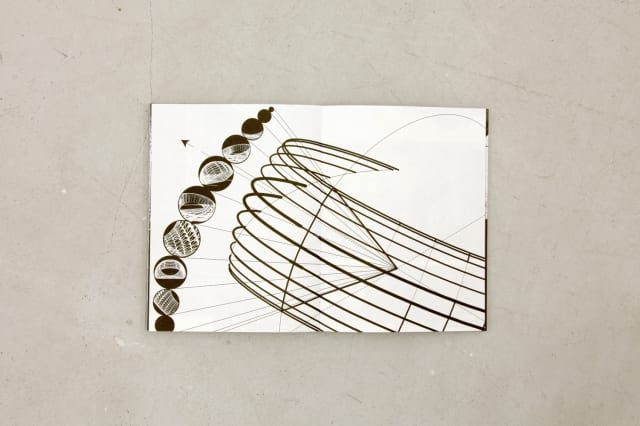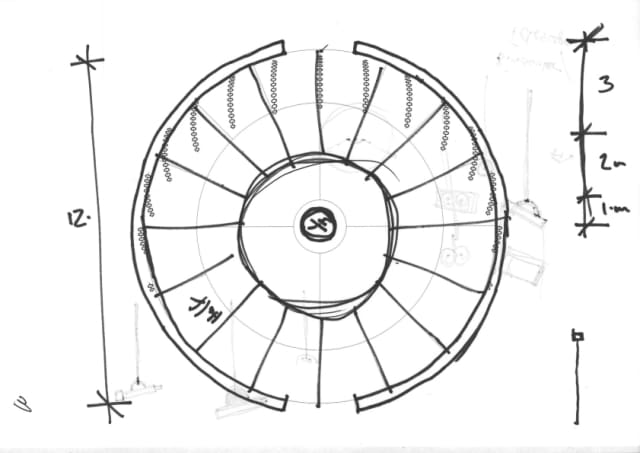Dagslyspavillon (Daylight pavilion) is a multicoloured, ribbed ring with one side partly submerged in the ground and the other angled up towards the sky. Inspired by Le Corbusier’s brise-soleil technique, coloured glass triangles, which map out the visible spectrum, were ntegrated into the upper portion of the steel frame ring, while the lower panels are made of stainless steel.
Standing in the middle of the pavilion, a person of average height will observe the sun’s position on any given day on one of the steel rings. Which ring the sun touches varies according to the time of year, with the sun traversing the lowest ring on the winter solstice and the top ring on the summer solstice. Over the course of a day, the sun follows the ring from east to west. Vertical elements on the pavilion indicate the hours from sunrise to sunset, with the sun always crossing the centre of the ring at noon. At the point on the ring where the sun dips below the horizon, the coloured triangles are replaced by grey steel.
Dagslyspavillon is site-specific in the strictest sense of the term. It is the first built structure to be realised by Studio Olafur Eliasson based on sun-path studies and was designed according to the trajectory of the sun for the exact location where it is installed, in Hørsholm, Denmark.
| Artwork details | |
Title |
Dagslyspavillon |
Year |
2007 |
Materials |
Stainless steel, glass, colour filter foil, concrete |


